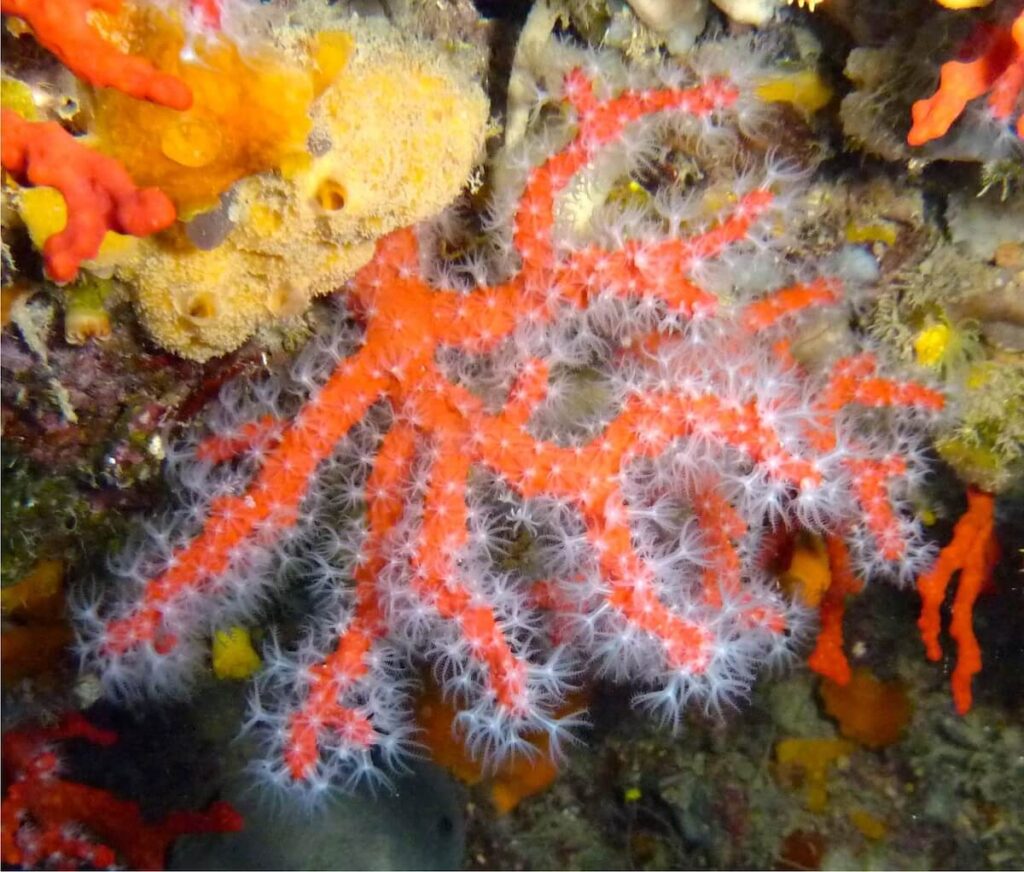A miracle! 150 red coral babies born in Monaco thanks to Chanel partnership

Despite global warming and heavy mining, red coral is enjoying an extraordinary rebirth thanks to two organisations.
The Centre Scientifique de Monaco (CSM) and the Observatoire Océanologique at Banyuls-sur-Mer (OOB – Oceanological Observatory) have a common goal: to save the coral in the Mediterranean. Together, they have developed a conservation biology programme as part of a collaboration between the CSM-Chanel Precious Coral Biology Research Unit, funded by the House of Chanel , and the Laboratoire d’Écogéochimie des Environnements Benthiques (LECOB – Benthic Environment Ecogeochemistry Laboratory) at the Banyuls-sur-Mer observatory. It is part of a project that is supported by the Prince Albert II Foundation and involves scientists from the coral reef teams led by Drs. Sylvie Tambutté and Christine Ferrier-Pagès.
The collaboration has proved fruitful, and by the end of winter 2023, researchers were delighted to observe around 250 young colonies resulting from breeding in the summer – something that had never happened before!


An underwater laboratory
To understand this outcome, we need to go back to July 2021, when six concrete coral caves, each measuring 1 m3, were specially designed and dropped at a depth of 40m in Monaco’s waters to house colonies of red coral and study their reproduction. Around fifty males and females were attached to sliding plates on the ceiling of the caves, optimising breeding conditions and allowing the corals to be easily removed for observation in the laboratory.
“The cave system allows us to monitor several parameters, as if we were in a laboratory, while maintaining the coral colonies in natural conditions. It was a bold gamble, going against the usual approach of transplanting corals without a specific plan, but seeing baby corals being born in Monaco and in the Banyuls caves has rewarded our efforts,” explains Dr Lorenzo Bramanti, CNRS research officer at the LECOB in Banyuls-sur-Mer.
The results were first presented to the Steering Committee of the CSM-Chanel Precious Coral Biology Research Unit, chaired by Princess Caroline. The findings were also the subject of a special session at the 43rd CIESM Congress in Palermo.













